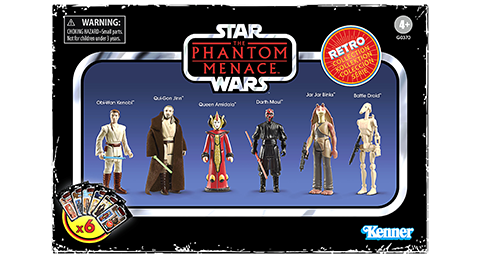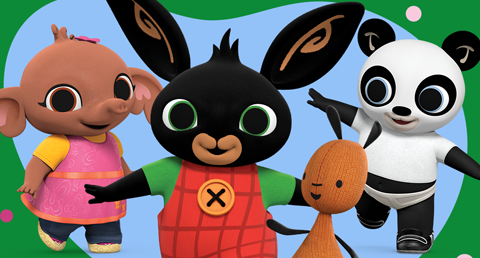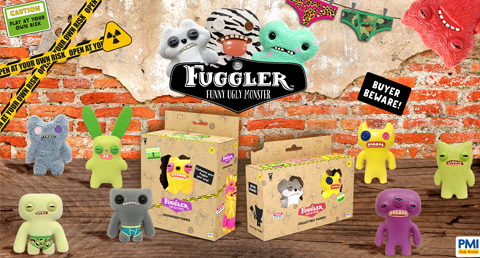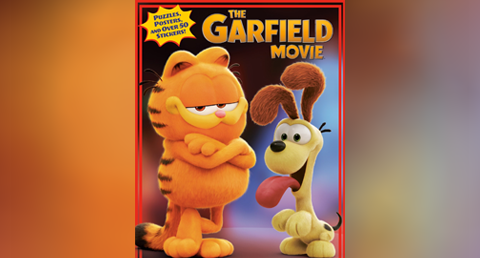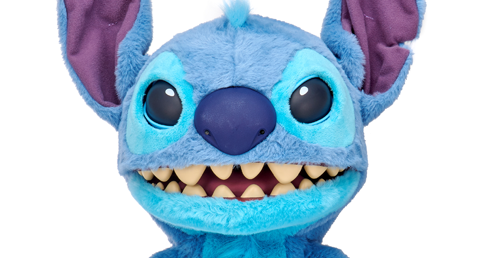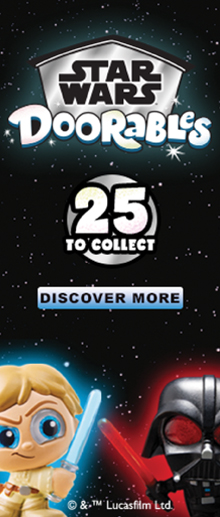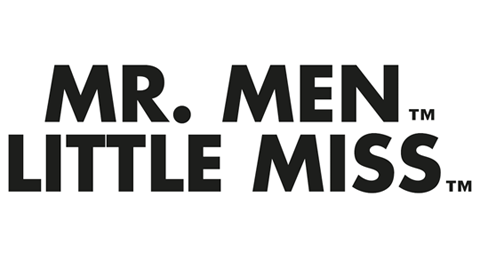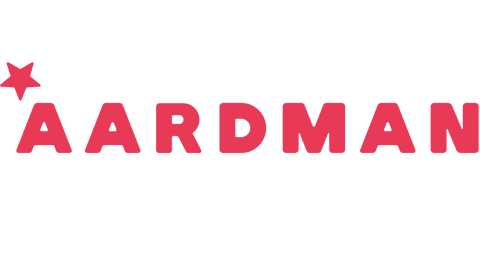As we quickly approach the end of a year heavily affected by Covid-19, and look optimistically toward a post-coronavirus horizon, toy companies and brands have a lot to think about in terms of their 2021 strategies, especially when it comes to advertising in kids’ entertainment.
WildBrain Spark’s Executive VP and MD, Jon Gisby explores how this year has changed kids’ viewing habits and how to prepare for 2021.
[divider style=”solid” top=”20″ bottom=”20″]

As one of the largest premium kids’ and family-content publishers on AVOD platforms, the thing we get asked the most from advertisers is: Where can we make the biggest impact based on Covid viewing trends in the digital kids’ space?
Some of our latest discoveries provide telling answers. Key findings and trends from an analysis of all our WildBrain Spark content, reveal shifts that brands and advertisers would do well to note in kids’ and family viewing habits from before Covid (December 2019 – February 2020) compared to after its arrival (April – September 2020).
CTV viewing overtook mobile and tablet for the first time
One of the first trends we discovered after analysing consumption data and patterns for WildBrain Spark content since April 2020 was that connected TVs quickly outpaced all other types of devices as the primary way to watch video content for children.
Smart TVs became the viewing device of choice for families starting in April and continue to be so, with 46 per cent of WildBrain Spark content watched on these devices even in October 2020. Connected TVs were already growing in popularity before Covid, but the pandemic has pushed families in the direction of co-viewership on larger screens.
Our recent report “Making Screen Time Family Time” in partnership with nScreenMedia, an independent digital TV analyst company, confirms this trend. Of the 3,000 US families we asked, 62 per cent of parents say the smart TV is the most popular platform for co-viewing, with 48 per cent using a connected TV device.
In the kids’ entertainment space, co-viewership on connected and smart TVs is likely to continue well into 2021 and beyond. Two-thirds of parents said they expect time spent with their kids watching TV/movies to remain the same or increase once the pandemic is over.
When preparing strategies, toy companies and brands should be sure to prepare spots optimised for larger screens, and partner with media companies that have a solid presence in the CTV market.

Viewing sessions increased on long-form content
In addition to the shift to co-viewing, we also discovered that viewing sessions on kids’ content have increased by 23 per cent since Covid began, particularly on long-form content of 10 minutes or greater in length. In fact, 57 per cent of all views since Covid began were on long-form content.
For example, the average watch time on long-form WildBrain Spark content between December 2019 and February 2020 was 3.7 times the amount of time spent on short-form content. Since April 2020, this ratio jumped 17 per cent, taking it to 4.3 times the amount of time spent on short-form videos.
This is a major shift in family viewership habits resulting from the rise of viewing on CTV during the pandemic. These trends show that kids and families are officially watching longer videos instead of shorter ones on larger screens for a more premium entertainment experience.
Toy companies and brands should keep this in mind when looking to partner with publishers: Aim to advertise against and sponsor longer-form content to help you reach a more receptive, family-friendly audience.
Media companies caught up to kids’ influencers and creators
While creators and influencers in the kids’ space often pull in billions of views a month, we saw a different viewing habit among children and families during the peak of the first lockdowns and stay-at-home measures in April 2020.
Essentially, premium content from media companies and publishers outperformed creator content, seeing a +22 per cent average view increase versus just a +3 per cent view increase for creators and influencers.
Some genres in particular saw a substantial increase in viewership. Kids’ music jumped 41 per cent from April to June 2020 compared to views garnered between December 2019 and February 2020. Kids’ animation saw a 32 per cent bump in views across these same months, while children’s TV properties came in a close third, at 30 per cent.
This increase of premium content views appears to be here to stay. The rise of premium content shows it’s important to expand advertising strategies to partner with media companies who have known favourites and premium shows that kids and families have turned to this year. This will diversify reach and improve the chances of getting in front of new audiences.
As 2021 draws near, make sure you’re ready to address this new kids’ entertainment market head on. In short, toy companies and brands should prepare their advertising strategy so it’s easily viewed on connected TVs, appears against longer-form content, and can be found alongside premium content from top media companies.






